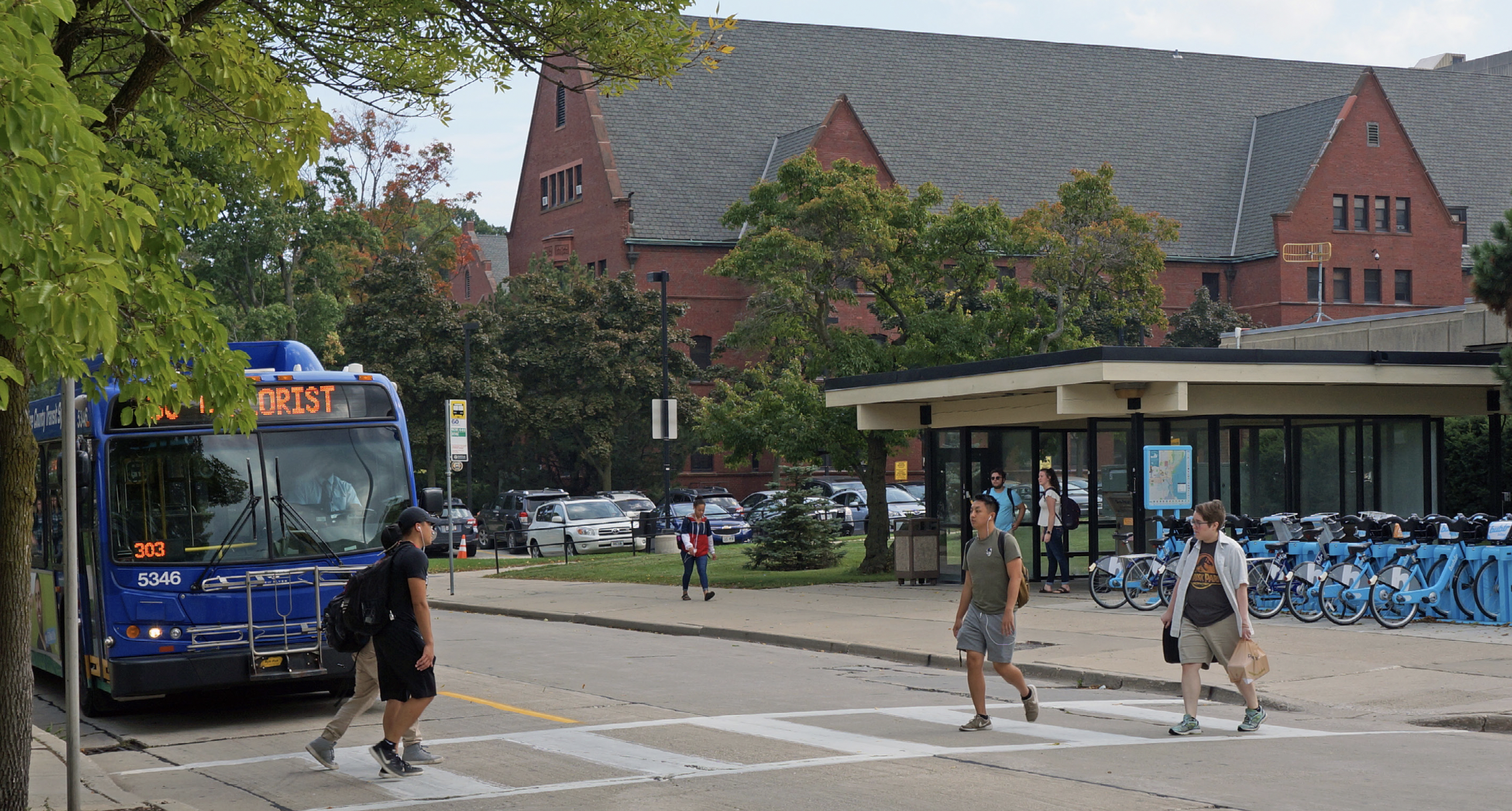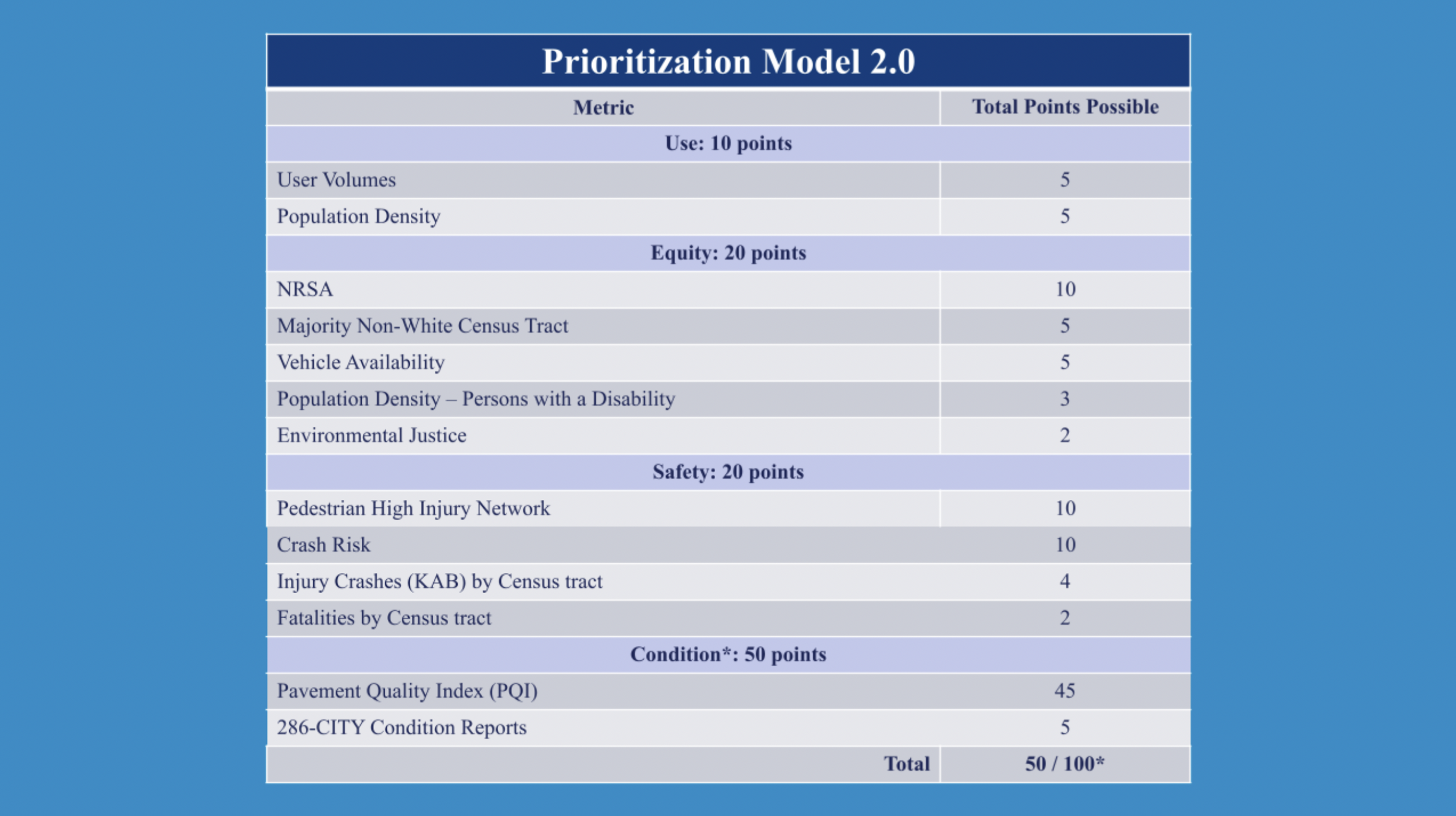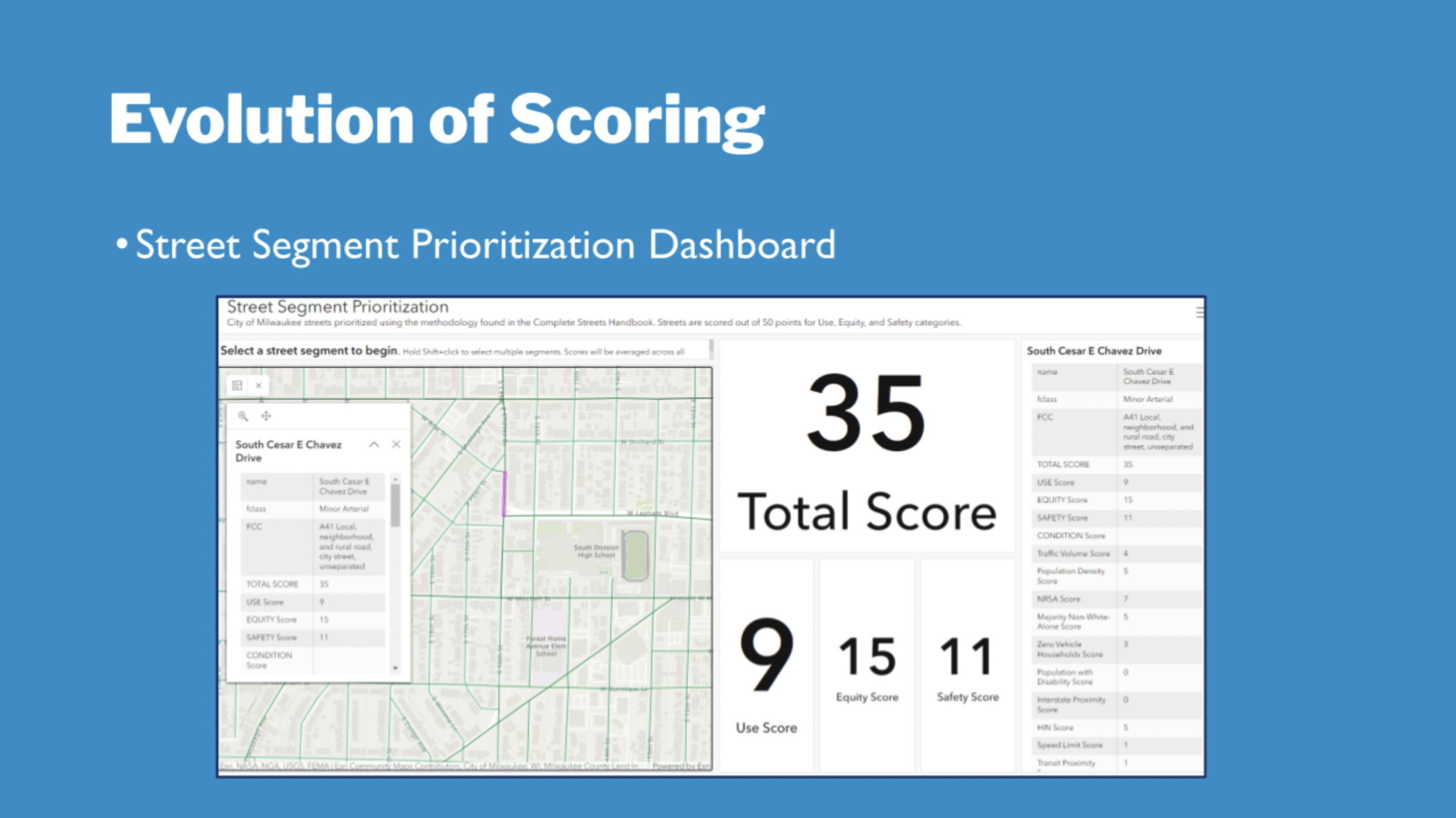
To successfully connect people to the places, resources, and opportunities they need to thrive, transportation departments and transit agencies must put equity at the center of their work.
That basic principle forms the foundation of NACTO’s new webinar series, Operationalizing Equity, which kicked off last month with a presentation from Kate Riordan, Senior Transportation Planner at Milwaukee’s Department of Public Works, who spoke with Brandon Mosely, a Transportation Planner with Houston’s Planning & Development Department.
Riordan and Brandon identified several key takeaways cities can use to operationalize equity and create greater connections across their communities:
Targeted implementation can help ensure equitable outcomes: In 2019, the City of Milwaukee Common Council passed a Racial Equity Action Policy that directed departments to adopt policies, practices, and tools that explicitly promote health equity and track equitable resource allocation. The Department of Public Works’ Multimodal Unit began by looking at Neighborhood Revitalization Strategy Areas (NRSA)–income-defined census tracts–to determine the best way to track implementation of their Complete Streets Policy.
Quantitative metrics help clarify needs: Milwaukee uses a project prioritization model that incorporates a weighted scoring rubric. The model centers on three broad categories: Use, Equity, and Safety. Use consists of user volumes, average daily traffic on city streets, and population density. The model takes equity metrics into account by considering various geographic and demographic factors, including whether the project is located in an NRSA, if it falls within a majority non-white census tract, and the availability of vehicles compared to other census tracts. The model prioritizes safety by analyzing project areas in relation to the Pedestrian High Injury Network and various factors related to crash risk. Clarifying these categories and assigning weighted scores has helped the Multimodal Unit decide which projects to implement and where to focus available funding, in order to address the greatest needs in the city.

Flexibility and transparency are crucial: The Multimodal Unit has continuously refined its project prioritization model as they complete more projects and gather more information. This work has included updating the model with new metrics, like a category for population density of people with disabilities. At times, this has meant recognizing that certain project areas may score low on the model, but nevertheless rank as high-priority projects for various real-world reasons. This is one reason why the model itself has evolved from a collection of interrelated spreadsheets of projects and environmental data to a layered map using GIS.

Milwaukee now uses its prioritization model as a type of dashboard that offers a one-stop shop integrating data and weighted scores, making it easy to readily view a project’s prioritization score. This dashboard also helps the Multimodal Unit generate buy-in with the public, by allowing them to articulate a straightforward, data-backed prioritization process to community members.
The next webinar in NACTO’s Operationalizing Equity series will host Minneapolis in conversation with Durham on Wednesday, November 15, from 3:30pm–4:30pm EST. Registration details for members will be shared through our Mobilize listserv. If you are a member city or agency staffer that would like to be added to our listserv, please contact Yadira Cabrera.